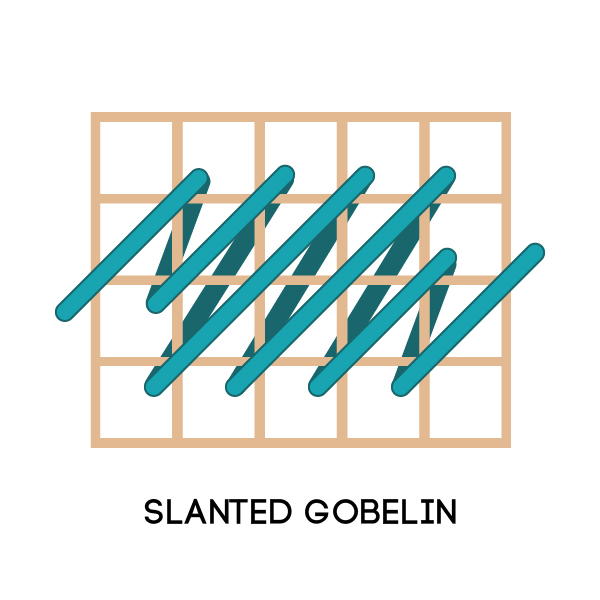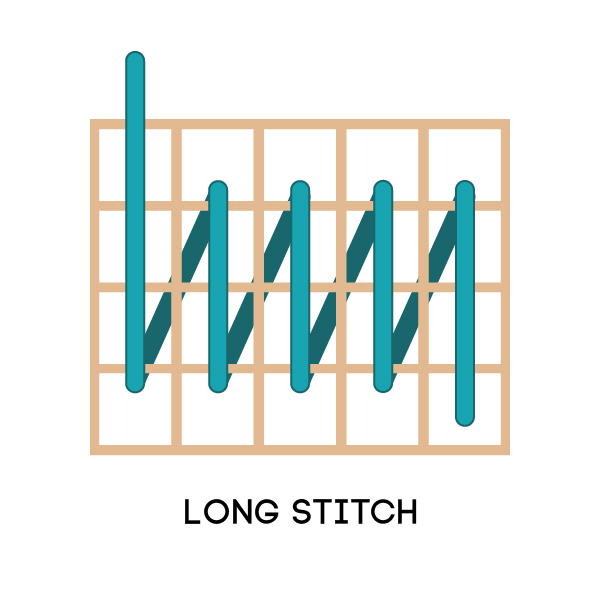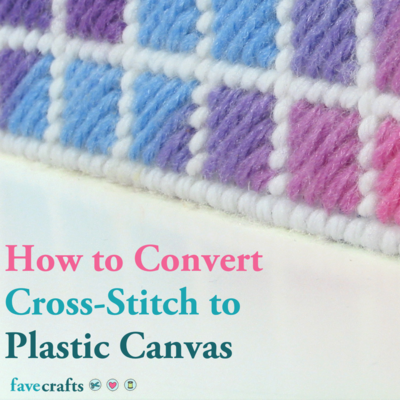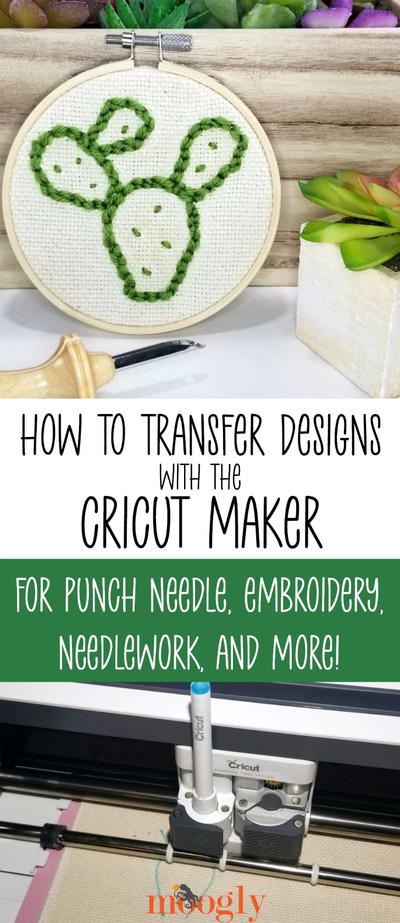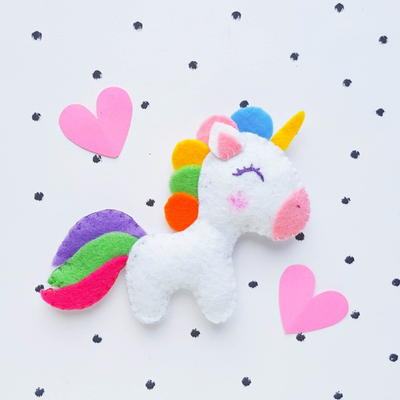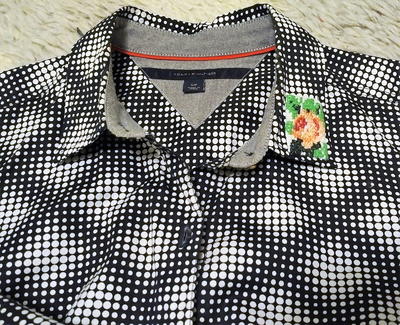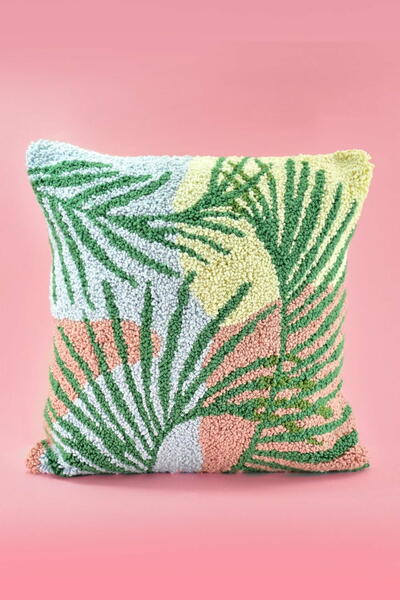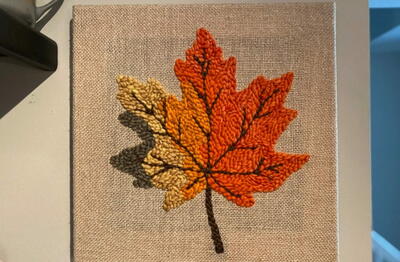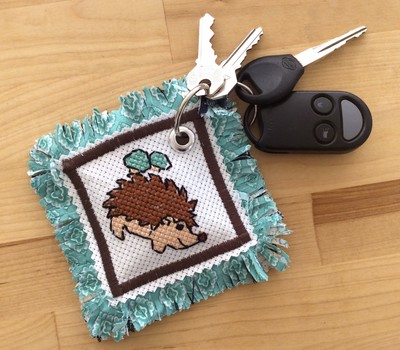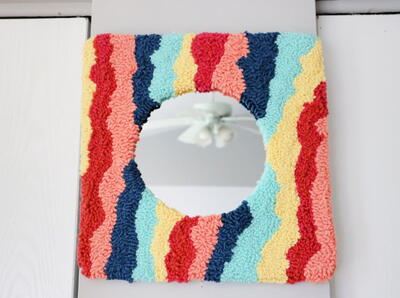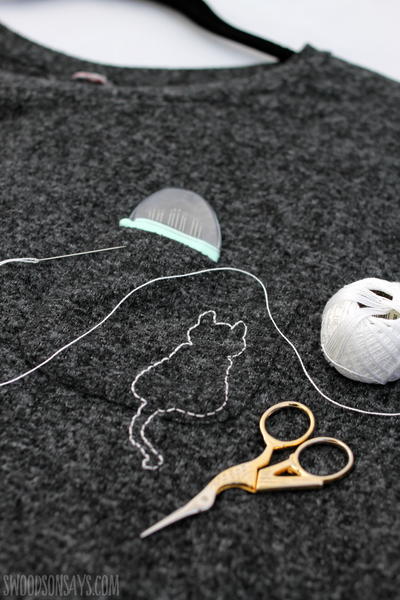How to Convert Cross-Stitch to Plastic Canvas
Cross stitch on plastic canvas with these great tips!
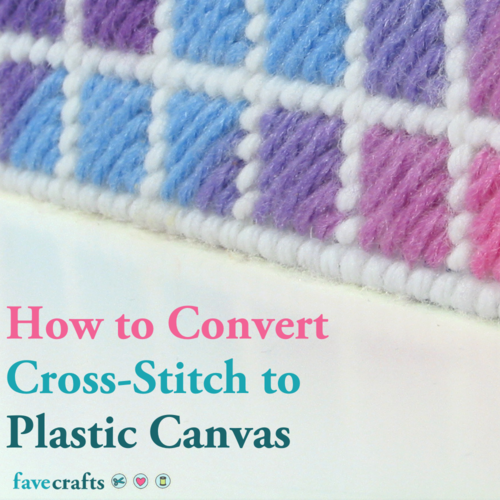
Learn how to convert cross-stitch to plastic canvas! Maybe you're looking for a simpler project that will take less time than your typical cross-stitch pattern. Or maybe certain materials for a cross-stitch project have been discontinued but are available for a plastic canvas version. Converting cross-stitch to plastic canvas, to me, is like using a bulky weight yarn instead of DK weight: the stitches are bigger and the project works up faster! Learn the intricacies of converting cross-stitch to plastic canvas with the great tips and techniques shared below.
From the Author: "When first asked if it was possible to use a cross-stitch chart as a plastic canvas chart I thought the process would be so easy that there was no need for explanation at all, however, I always do my research and never assume anything! Although it is not a difficult switch, it is one you do need to think about before just jumping in."
Read on to learn the specifics of converting cross-stitch to plastic canvas.
BUT FIRST! Get free crafts delivered straight to your inbox:
Subscribe to FaveCrafts
How to Convert Cross Stitch to Plastic Canvas
Cross stitch is made of basically of a right angled half stitch and a left angled half stitch used together to create that X stitch. Plastic canvas these same stitches as the Continental and Alternating Continental (when crossed these two stitches create the Cross Stitch) along with Scotch Stitch, Slanting Gobelin, and Long Stitch.
The Continental Stitch in Plastic Canvas:

Many cross-stitch charts can be used as is, you decide if you want to use only the slanting stitches or a full cross-stitch.
Experts say to check all diagonal lines within the pattern or design. Diagonal lines slanted up and to the right translate well when converting from cross-stitch to plastic canvas.
If you want to convert a cross-stitch pattern to a plastic canvas pattern, it’s best if there are not a lot of back or decorative stitches to be done, unless you can complete the pattern without using these stitches. So take a good look at any photos of the finished pattern or any symbol charts.
In the beluga cross stitch example below, use continental and alternating continental stitches to replicate this pattern for plastic canvas.

You should also keep in mind that a majority of cross-stitch patterns or designs use the material or fabric used as the background whereas in plastic the entire pattern or design is stitched. If converting a cross-stitch pattern into a plastic canvas design you’ll need to decide if you are going to want to stitch the background. Any filling plastic canvas stitch can be used. Most experts agree that it’s best to start at the center of a design and work out.
The Easy Oversized Cross Stitch below would be so easy to convert to plastic canvas. However there would be a great deal of work to do to fill in the background!
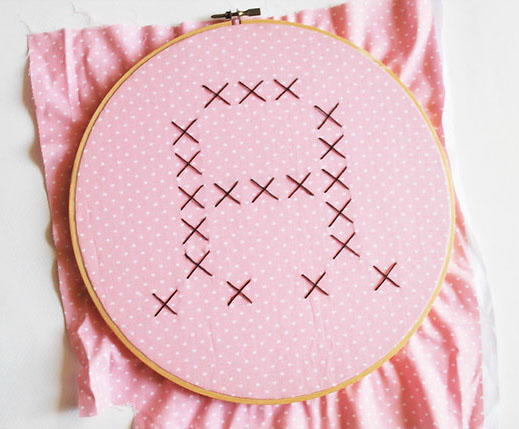
New to working with plastic canvas? Consult our guide to Plastic Canvas Stitches.


